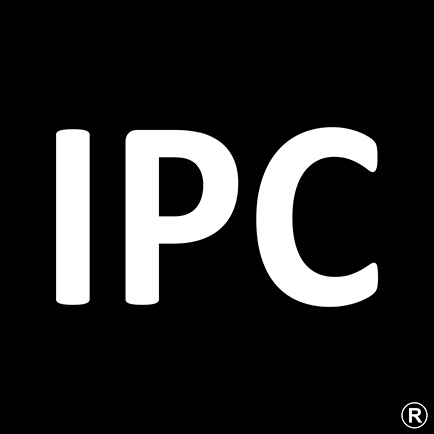Of all the raw plastic materials available on the market, polyvinyl chloride (PVC) is one of the most common yet most difficult to recycle. The processes involved in recycling PVC can become complex and tricky, and only a few larger companies have the facilities to process it.
One of the other benefits of PVC is that it can be recycled up to eight times before it starts to lose its strength. Therefore, it is in the best interests of the industry to be able to recycle PVC properly, owing to its many benefits and wide usage capabilities.
In South Africa, PVC recycling can be done. Let’s take a look at the ways this is achieved:
Mechanical vs. Feedstock Recycling
In South Africa, mechanical recycling is the more common method for recycling PVC. This is where the material is ground down into tiny pellets, which are then melted and reused in injection moulding or extrusion.
The nature of the mechanical recycling procedure means that the original composition of the PVC waste is retained, which can compromise the quality of the recycled end product because of the additives and chemicals included in some PVC compounds for rigidity or flexibility, such as plasticisers.
The alternative method to recycling PVC, which is also used in South Africa but to a lesser degree, is feedstock recycling, wherein the polymer is broken down into its base chemical components through a series of complex chemical processes.
While this results in the ability to mix unsorted PVC products and recycle them together effectively, the process of feedstock recycling is significantly more expensive and complex than mechanical processing.
In addition, there is not as much demand for the recovered chemicals as there is for recycled PVC products. As a result, there is not as much incentive to conduct feedstock recycling, which is why mechanical recycling is more prevalent in South Africa.
The Difference Between Post-Industrial & Post-Consumer PVC Waste
Post-consumer PVC waste is typically quite varied in terms of quality. Because consumers use PVC in many different ways, there is a lack of standardisation in terms of how the PVC products are sorted and cleaned by the consumer.
Therefore, post-consumer PVC waste often contains a variety of mixed materials used in different applications, with the quality of the waste often being quite degraded. This makes recycling post-consumer content more complicated and the resulting products less uniform.
Post-industrial PVC waste, on the other hand, is usually quite uniform, which makes the mechanical recycling of industrial PVC waste more effective as it does not need much sorting first. Typically, post-industrial PVC waste is quite pure because it comes directly from factories that produce a certain homogenous type of product, or at least products that have similar chemical compositions.
It’s also easier to collect and recycle since it comes from the source and is usually of high quality, with less likelihood of contamination elements being included.
As a result of the differences between these two sources of PVC waste, consumer PVC waste is best handled by chemical feedstock recycling, whereas post-industrial PVC waste is best suited to mechanical recycling methods.
To find out more about facilities that recycle PVC near you, visit the South African Plastics Recycling Organisation website or the My Waste website, where you can view an interactive map of recycling locations across the country.
At IPC, we produce virgin-grade raw plastic materials that can meet your needs, and we encourage responsible recycling behaviour through closed-loop recycling and reprocessing. Contact us now to find out more about the innovative PVC compounds that we offer.


